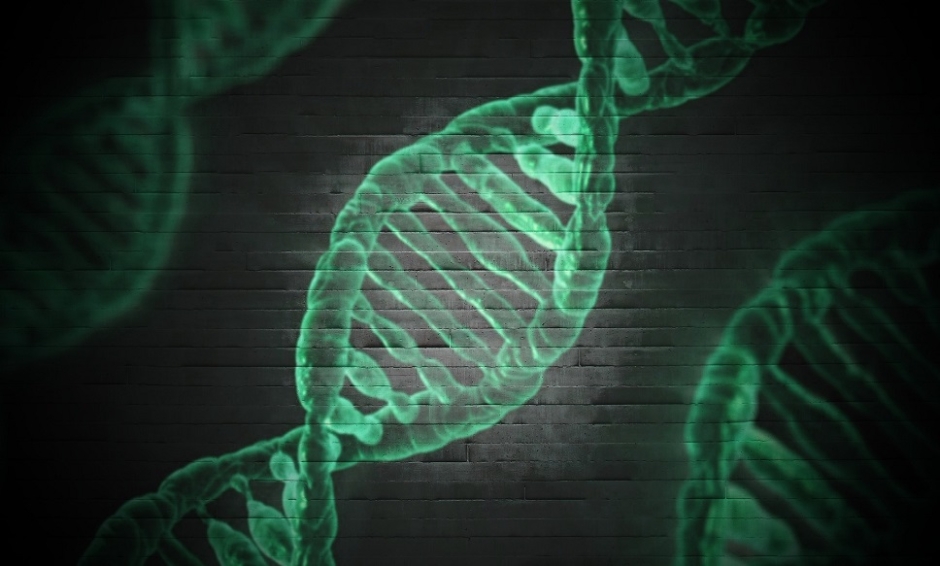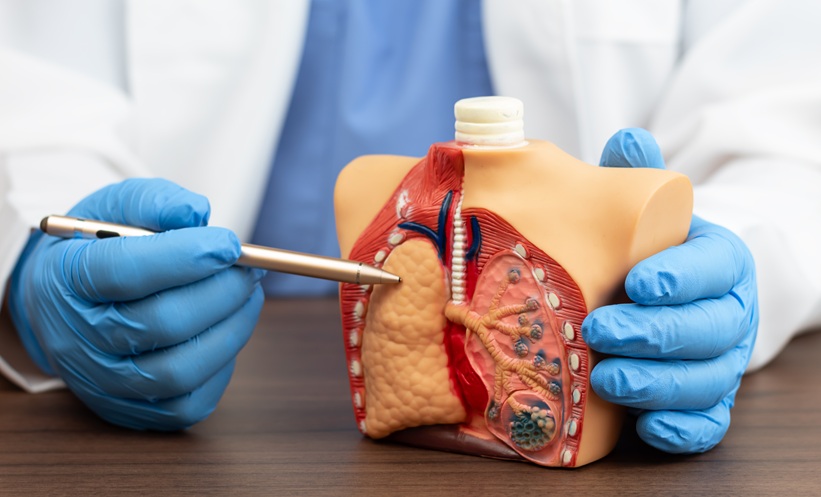A NEW genetic cause of primary ciliary dyskinesia (PCD), which affects approximately 1 in every 15,000 people, has been revealed by researchers at Washington University School of Medicine, St. Louis, Missouri, USA. PCD can be caused by mutations in >40 different genes and causes the cilia to become faulty, leading to an increased incidence of infection and other conditions, such as infertility. Patients often carry a mutation in one of the genes coding for the proteins that compose the molecular motors within the cilia; however, some patients have mutations in other proteins, which has previously caused confusion among researchers.
Recently, by studying ciliated cells from PCD patients, scientists have discovered that a mutation can be present in one of the three scaffold proteins responsible for assembling the cilia molecular motors. The study’s senior author, Prof Steven Brody, Washington University School of Medicine, described the new discovery: “It’s like a machine that’s missing just one screw: Everything just falls apart. If we can find a way to hold the motor together, we may be able to treat the disease. This opens a whole new opportunity to screen for medications”.
To investigate the incorrect formation of these motors, Dr Amjad Horani, St Louis Children’s Hospital, St Louis, Missouri, USA, observed that some of his PCD patients had a mutation in the HEATR2 gene. When studying healthy airway cells, Prof Brody and Dr Horani showed that the HEATR2 protein was found in the centre of the airway cells rather than in the cilia, and two other PCD-associated proteins exhibited the same pattern. The researchers concluded that these proteins formed a scaffold for the production of the molecular motors before they are transported to the cilia, and therefore mutations in these early genes led to faulty scaffold proteins and inefficient motor assembly in PCD patients.
Finding a possible answer as to why some PCD patients have faulty cilia will allow research into treatment options and opportunities to restore cilia function in these individuals. Dr Horani concluded: “If we can get just a few of these proteins to assemble, we may be able to improve quality of life for people with this disease.”








